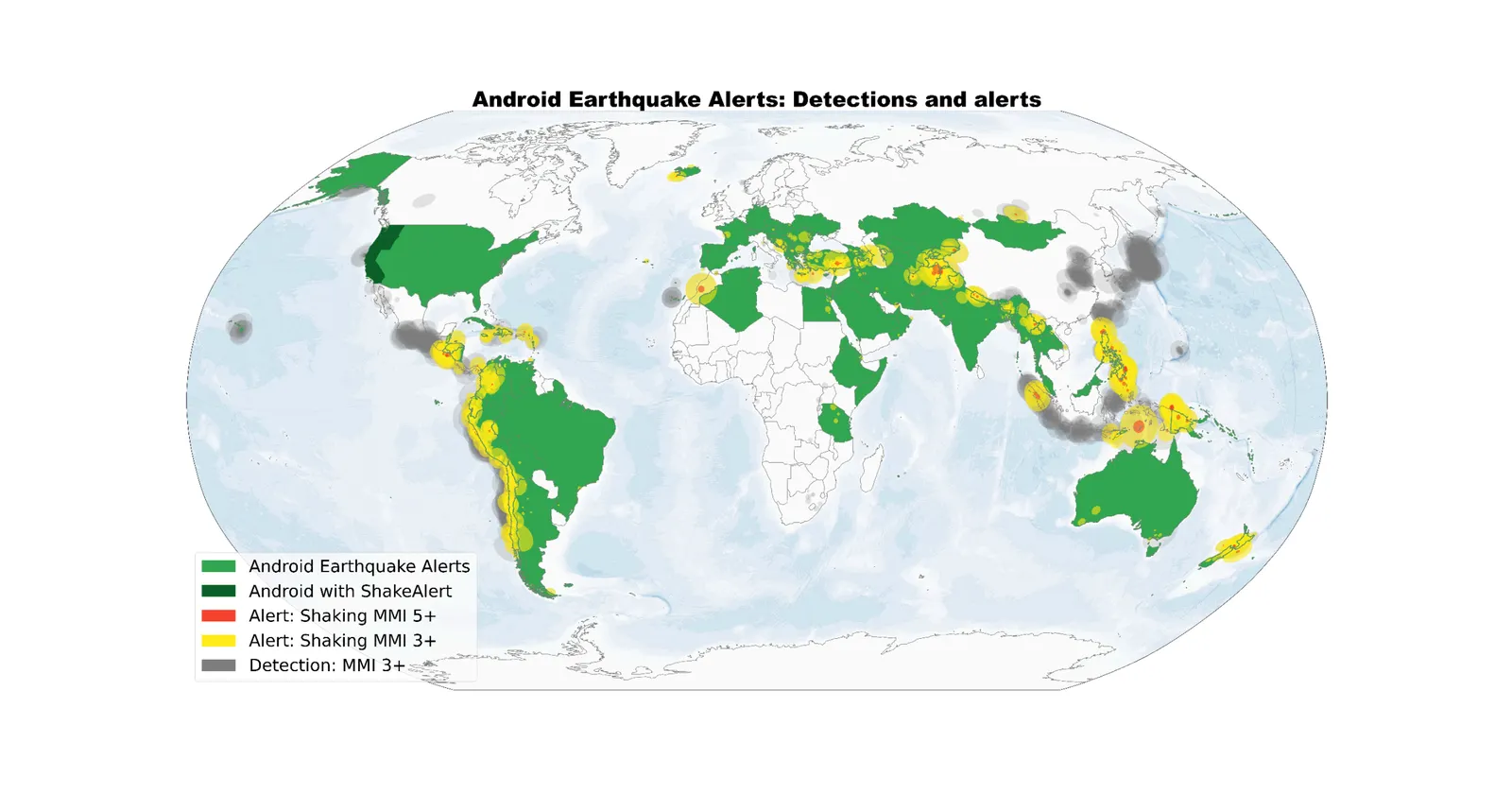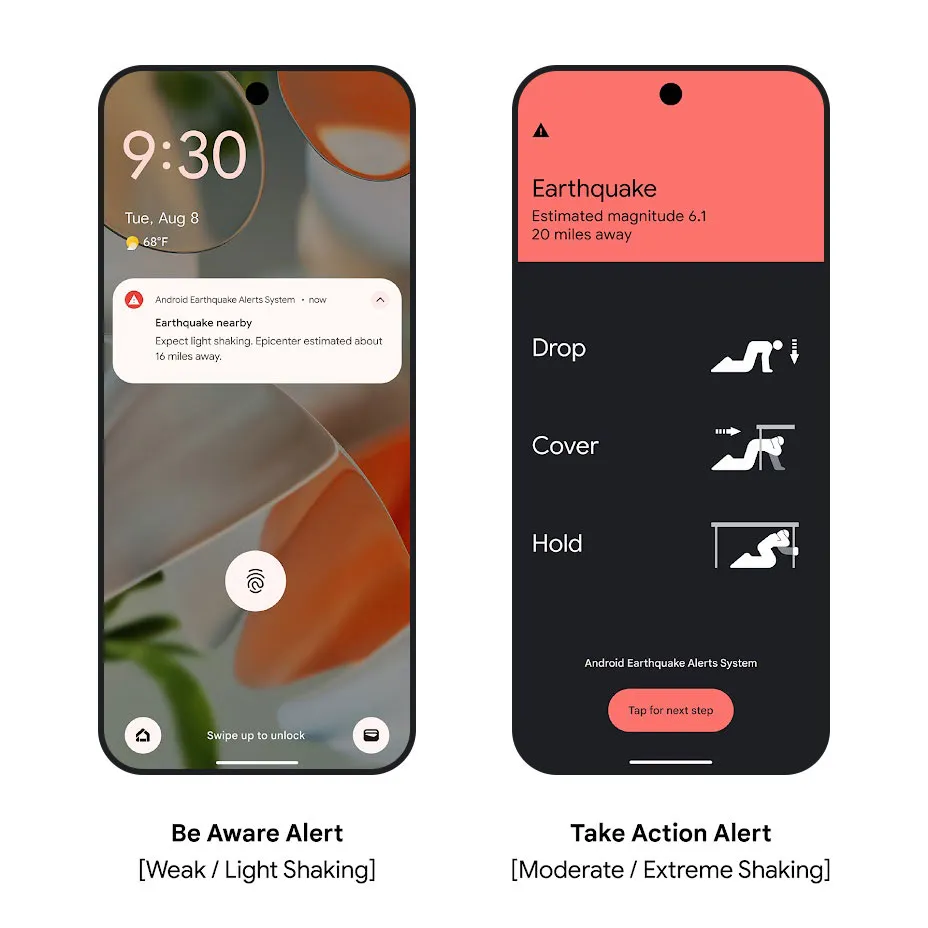On the morning of February 6 2023, while most of south-east Turkey was still asleep, the ground started moving at 4:17 am sharp. Seismologists would later call it a 7.8 magnitude monster. In those first frantic seconds, every tick mattered. People needed their phones to scream, “Take action!” Instead, across a zone stretching 160 kilometres from the epicentre, only 469 Android devices actually did.
Google has now come clean about why. In a paper quietly published in Science, the company’s own researchers admit their Android Earthquake Alerts system guessed the quake was roughly a 4.5 to 4.9. That is the difference between “might spill your tea” and “buildings can pancake.” The algorithm simply froze on the low side, so it pushed out the gentle “Be Aware” banner to about half a million people and reserved the blaring full-screen alert for the lucky few hundred.
For 10 million others, the screen stayed dark. Thirty-five seconds of warning slipped away. Some tragically never woke up.
The admission lands more than two years late, and experts are not thrilled. Elizabeth Reddy, who teaches disaster tech at the Colorado School of Mines, told the BBC she is “really frustrated it took so long.”
How the system works is clever in theory. Every Android handset contains a tiny accelerometer, the same chip that flips your screen when you tilt it. If thousands of phones sitting still twitch at the same instant, Google’s servers stitch that data into a rapid-fire estimate of location and strength. Because earthquake energy races through rock far slower than the internet moves through fibre, there is usually a small but precious gap to text a village before the S-wave arrives. The trick has always been judging how big the incoming shake really is when only the opening notes are audible.
The Turkey earthquake created a perfect storm for the algorithm. The massive 7.8-magnitude quake produced complex seismic waves that the system couldn’t interpret properly. Instead of recognizing the disaster, the system badly underestimated the earthquake’s strength and treated it like a much smaller event that wouldn’t need widespread alerts.
Google insists it is learning. After the Turkey disaster the team re-ran the quake through the updated code and says it would now blast 10 million “Take Action” alerts plus 67 million lighter ones. The company also points out that its service is meant to back up, not replace, national seismic networks. Still, in countries where those networks are patchy or under-funded, an Android phone is often the only early-warning tool a family has.
Users elsewhere have seen both miracles and misfires. In November 2023, a 6.7 magnitude earthquake struck the Philippines. Google reported that its early warning system provided some residents 15 seconds to take cover. Yet just a few months ago in Brazil, a phantom 5.5 alert jolted millions awake at 2 am; Google reportedly immediately pulled the plug to investigate the problem. Each false alarm and each missed quake feeds the same public question: can we trust the tech we carry in our pockets?
As Google keeps refining their algorithms and expanding coverage, the lessons from Turkey remind us that when it comes to natural disasters, mistakes have consequences. The difference between a successful alert and a failed one can be a matter of life and death.
TechIssuesToday primarily focuses on publishing 'breaking' or 'exclusive' tech news. This means, we are usually the first news website on the whole Internet to highlight the topics we cover daily. So far, our stories have been picked up by many mainstream technology publications like The Verge, Macrumors, Forbes, etc. To know more, head here.



